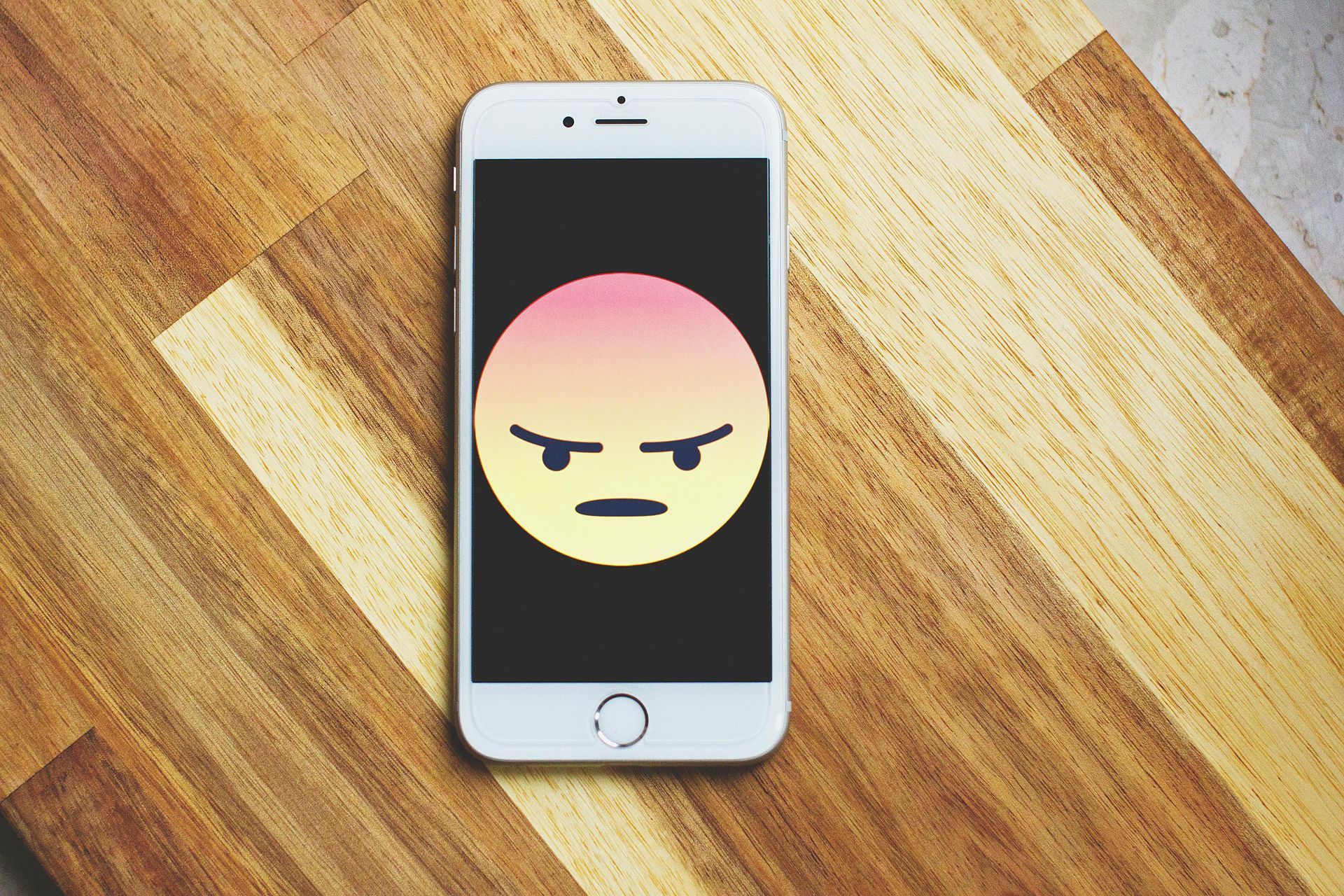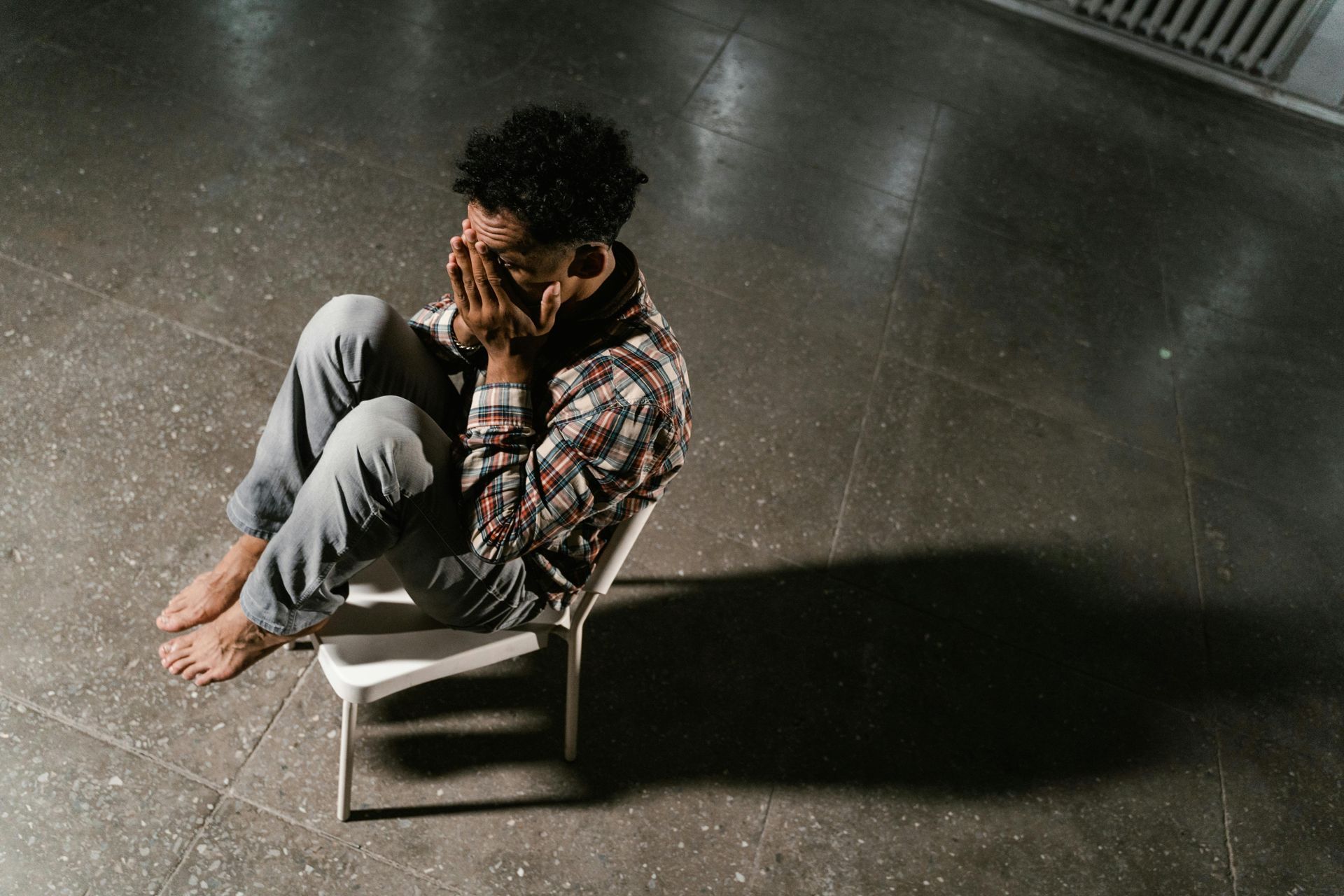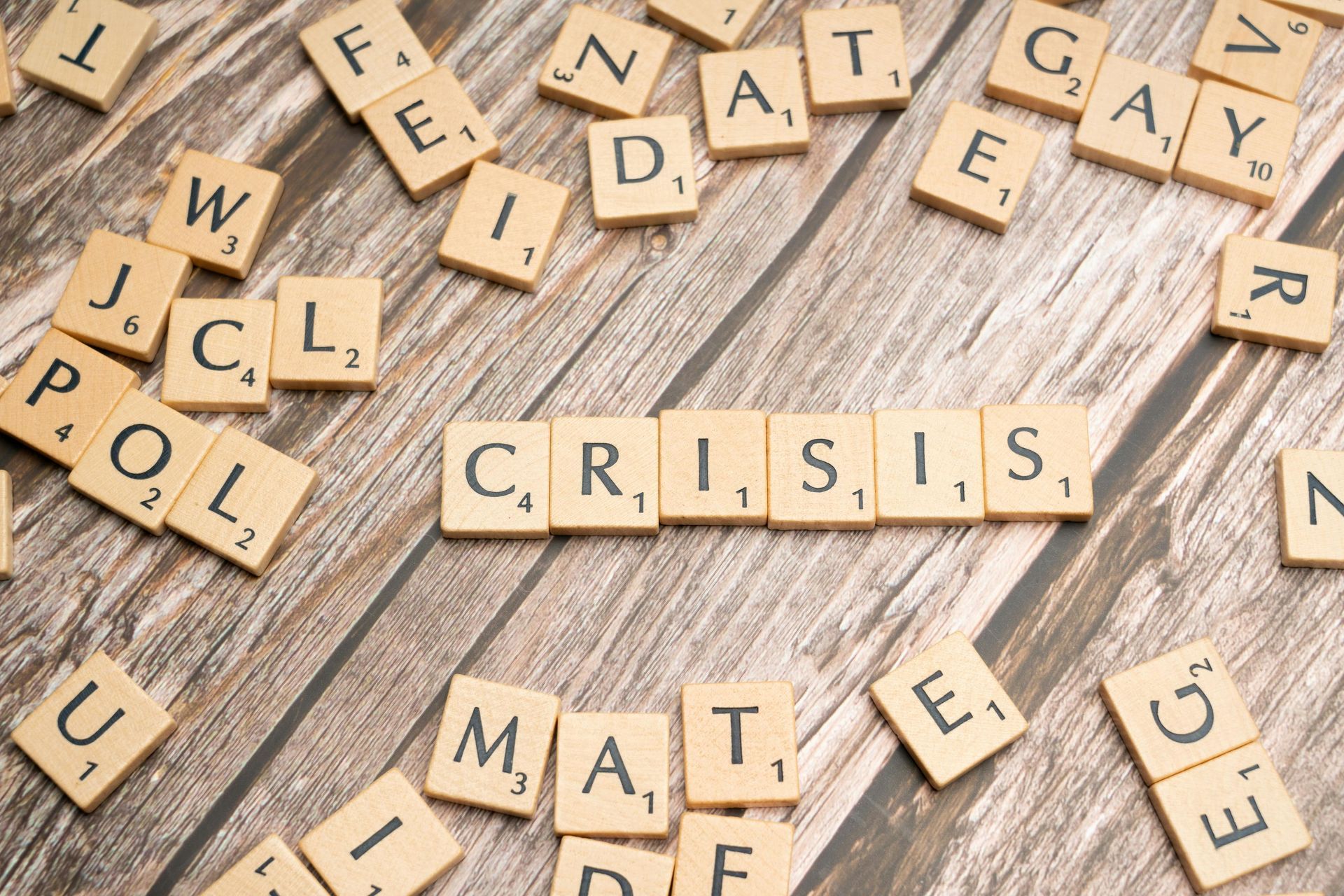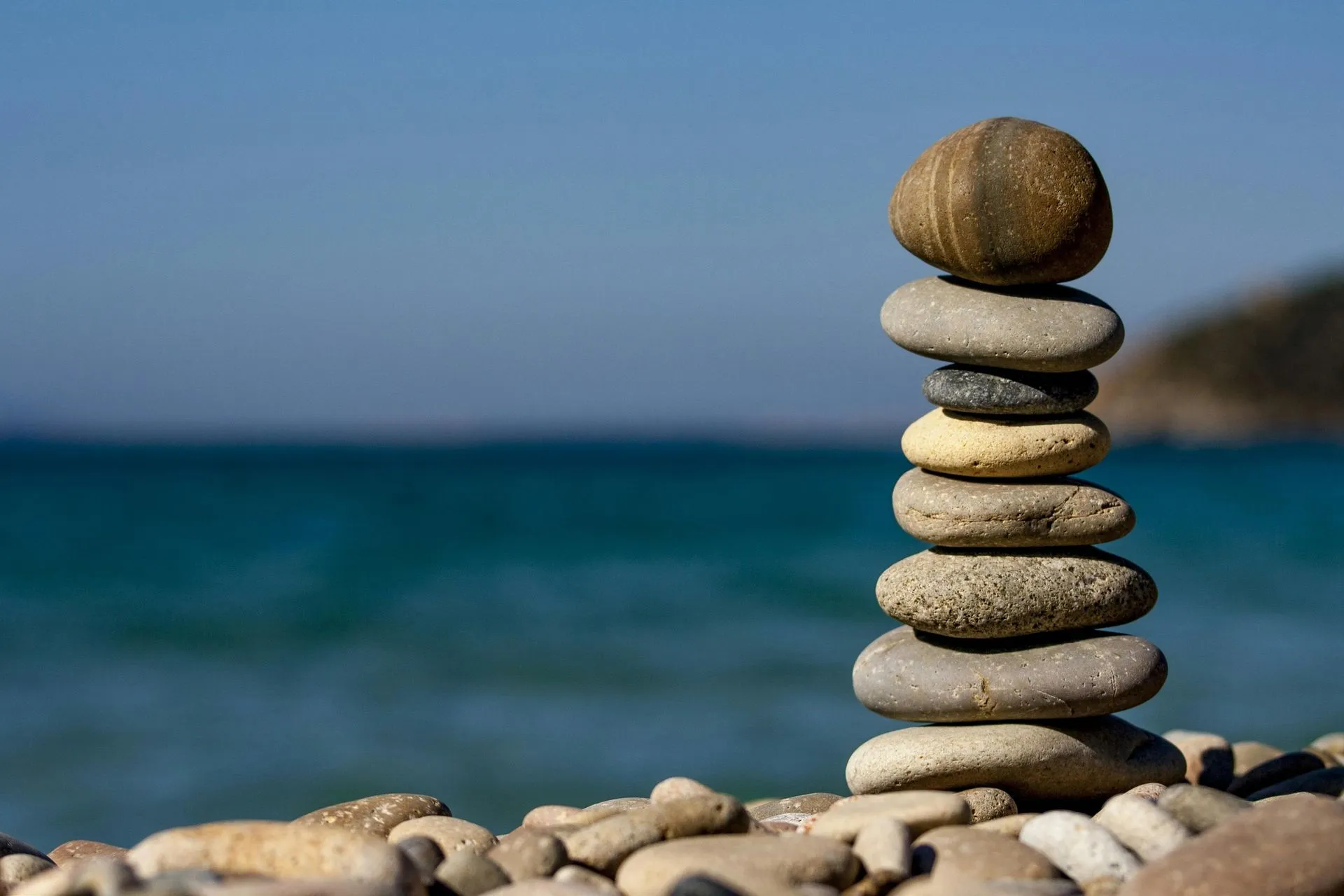Is Social Media Harming Teens’ Mental Health
Exploring the Impact of Social Media on Teenagers' Emotional Well-being
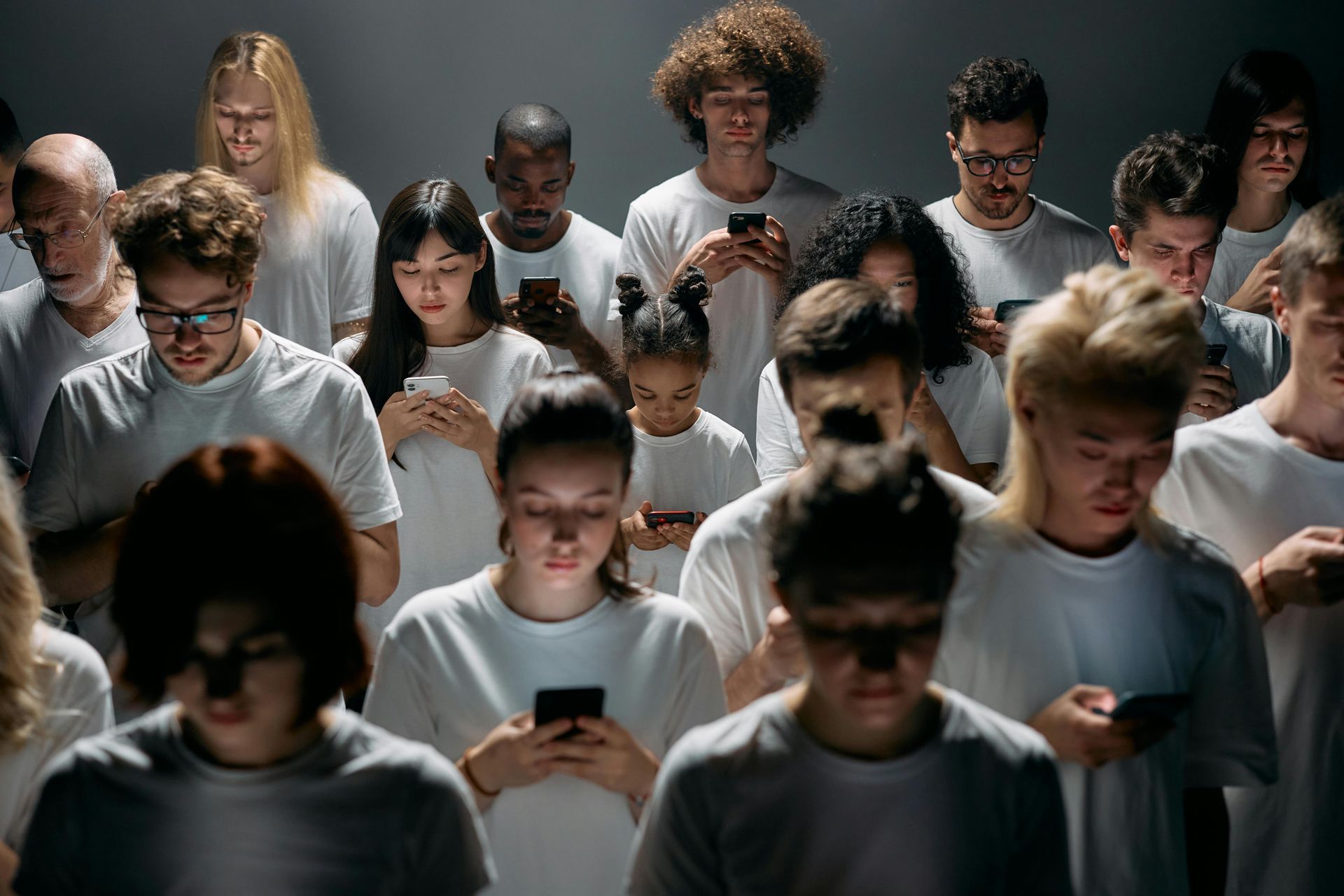
Is Social Media Harming Teens’ Mental Health
In today’s digital age, social media has become a cornerstone of how we communicate, share, and experience life. For teenagers, platforms like Instagram, TikTok, Snapchat, and others offer spaces to connect, express themselves, and build their identities. However, as social media’s role in teen life grows, so too do concerns about its impact on mental health. Among these concerns, the question arises: does social media cause depression in teens?
This blog explores the complex relationship between social media and teenage mental health. While there is no one-size-fits-all answer, research suggests both positive and negative effects. We will examine the potential contributors to depression, the psychological mechanisms at play, and strategies for mitigating harm.
The Scope of Social Media Use Among Teens
Social media usage among teens has skyrocketed over the past decade. In the UK, recent studies have highlighted a direct relationship between time spent on social media and increased rates of anxiety and depression in 16- to 18-year-olds. Research from Oxford University in 2024 found that platforms like Instagram, Snapchat, and TikTok are frequently associated with problematic behaviours such as sleep disruption and reduced self-esteem. While social media connectivity can be beneficial, excessive use can amplify vulnerabilities.
Positive Aspects of Social Media
It’s essential to acknowledge that social media isn’t inherently harmful. For many teens, it provides:
Social Connection:
Social media enables teens to stay connected with peers, build friendships, and find support networks, especially during challenging times.
Identity Exploration:
Platforms offer spaces for self-expression, where teens can explore interests, values, and communities that align with their identities.
Access to Information:
Teens gain exposure to educational content, mental health resources, and diverse perspectives that can broaden their understanding of the world.
However, while these benefits exist, they often coexist with challenges that can adversely affect mental health.
The Link Between Social Media and Depression
Numerous studies have explored the correlation between social media use and symptoms of depression in teens. While causation remains difficult to establish, the evidence highlights several pathways through which social media may contribute to depressive feelings.
Social Comparison:
Social media often showcases idealised versions of life, leading to unhealthy comparisons. Teens may see carefully curated photos and posts, creating the illusion that others lead happier, more successful lives.
This “highlight reel” effect can:
- Lower self-esteem
- Amplify feelings of inadequacy
- Trigger envy and dissatisfaction with one’s own life
Cyberbullying
Unlike traditional bullying, cyberbullying occurs 24/7 and can feel inescapable. Hurtful comments, exclusion from online groups, or public humiliation on social platforms can have devastating effects on teens, increasing their risk of depression, anxiety, and even suicidal thoughts.
Fear of Missing Out (FOMO)
Social media’s real-time nature exacerbates the fear of missing out. Seeing peers attend events, achieve milestones, or gain recognition can make teens feel excluded or inferior, even if these perceptions aren’t grounded in reality. FOMO is closely linked to increased anxiety and depressive symptoms.
Disrupted Sleep Patterns
Excessive screen time, particularly before bed, disrupts sleep by delaying melatonin production and creating mental stimulation. Poor sleep quality is a well-established contributor to depression. Many teens find themselves scrolling late into the night, sacrificing essential rest.
Addictive Behaviour
Social media platforms are designed to be engaging, leveraging algorithms and notifications to keep users hooked. For some teens, this can lead to compulsive use, detracting from face-to-face interactions, physical activity, and other enriching experiences. Over time, this can erode mental well-being.
The Psychological Mechanisms at Play
Understanding the psychological dynamics behind social media’s effects on teens is crucial for addressing its potential harms. Key mechanisms include:
Dopamine and the Reward System
Social media engagement activates the brain’s reward system, releasing dopamine. Likes, comments, and shares provide instant gratification, encouraging repeated use. Over time, teens may become reliant on this feedback loop, associating their self-worth with online validation.
Identity Development
Adolescence is a critical period for identity formation. Social media often becomes a mirror through which teens evaluate themselves, but this external validation can overshadow intrinsic self-worth, making them more vulnerable to depression when online approval falters.
Cognitive Distortions
Teens may develop distorted thinking patterns while engaging with social media. For instance, they might:
- Overgeneralise negative experiences (e.g., “No one likes my posts, so no one likes me”)
- Catastrophise (e.g., “If I’m not included in this event, I’ll never fit in”)
- Personalise unrelated events (e.g., “They didn’t reply because they’re angry with me”)
How Parents and Caregivers Can Help
Parents and caregivers play a pivotal role in mitigating the negative effects of social media on teens. Here are practical strategies to promote healthy usage:
Open Communication
Encourage teens to discuss their online experiences. Create a safe space where they can share challenges, concerns, or uncomfortable encounters without fear of judgment or punishment.
Set Boundaries
Establish guidelines for screen time, such as device-free zones during meals or a curfew for nighttime use. Encourage teens to balance their online and offline activities.
Model Healthy Behaviour
Teens learn by example. Demonstrate balanced social media use, showing them how to engage mindfully without letting it dominate your life.
Teach Critical Thinking
Help teens differentiate between curated content and reality. Discuss the motives behind posts, such as influencers’ marketing strategies or peers’ desire to present themselves positively.
Encourage Offline Activities
Foster interests that don’t involve screens, such as sports, hobbies, volunteering, or spending time with friends in person. These activities provide meaningful experiences and reduce reliance on social media for fulfilment.
Monitor for Warning Signs
Be vigilant for changes in mood, behaviour, or academic performance that may indicate depression. Seek professional help if needed and consider family counselling to address underlying issues.
What Teens Can Do to Protect Their Mental Health
Teens themselves can take steps to ensure social media enhances rather than detracts from their well-being:
Practice Digital Detoxing
Take regular breaks from social media. Designate screen-free times to focus on other aspects of life, such as school, family, and hobbies.
Curate Your Feed
Follow accounts that inspire and uplift rather than those that trigger negative emotions. Use platform features to mute or block harmful content and people.
Be Mindful of Time Spent Online
Use apps to track and limit screen time. Set daily usage goals and stick to them.
Focus on Quality Over Quantity
Engage meaningfully rather than obsessing over metrics like likes or followers. Building authentic connections is more valuable than seeking validation.
Seek Support When Needed
If social media feels overwhelming, talk to a trusted adult, friend, or counsellor. Reaching out is a sign of strength, not weakness.
The Role of Schools and Communities
Schools and communities also have a responsibility to address the impact of social media on teens. Implementing mental health education programmes, promoting digital literacy, and fostering supportive environments can make a significant difference.
- Mental Health Education: Teach teens about the signs of depression, the risks of excessive social media use, and coping strategies.
- Digital Literacy Programs: Equip teens with the skills to navigate social media safely and critically.
- Peer Support Groups: Create spaces where teens can share experiences and provide mutual encouragement.
Final Thoughts
Social media is neither inherently good nor bad; its impact depends on how it is used. While excessive and unregulated use can contribute to depression in teens, fostering healthy habits, promoting open communication, and teaching critical thinking can mitigate these risks. Parents, caregivers, educators, and teens all have roles to play in ensuring social media serves as a tool for connection and empowerment rather than a source of harm.
By striking a balance, we can help teens navigate the digital world with resilience and confidence, empowering them to thrive both online and offline.

